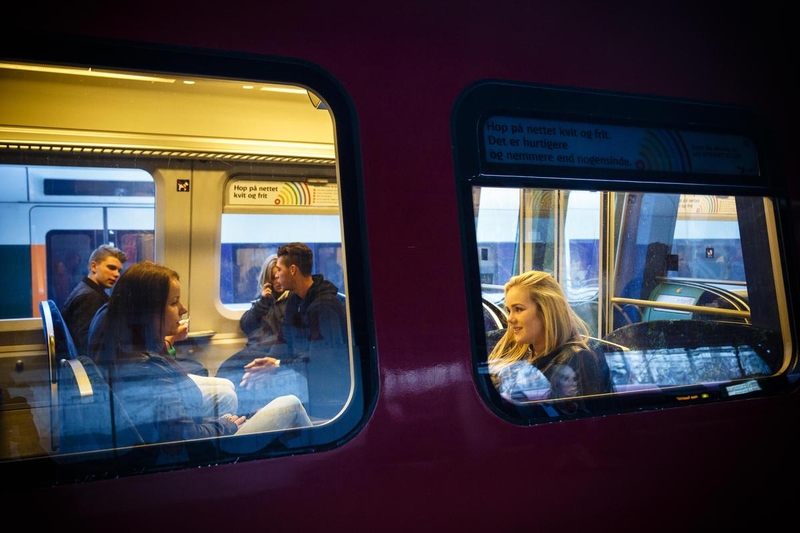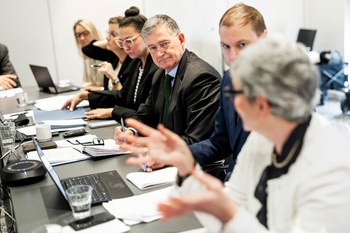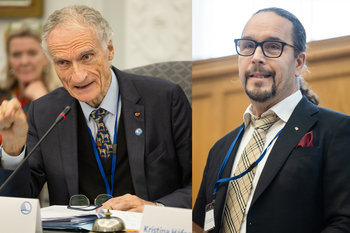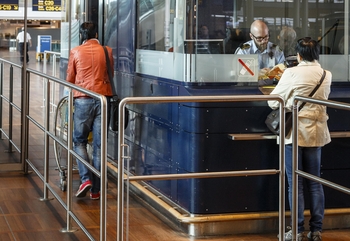Increasingly mobile labour market brings hope to shrinking regions

The growing importance of “multilocality” – that is, people becoming more mobile in relation to housing, work, secondary residence, and entrepreneurship – was the main issue for the regional ministers during their meeting on 16 September.
The pandemic has helped to digitalise those living in the Nordic Region, companies, training programmes and authorities, and demonstrated that work and entrepreneurship need not depend on a particular place.
“The importance of multilocality has become clear during the pandemic. Mobility has become a driving force for change; it shapes the regional structure and creates new opportunities for the regions’ economies, entrepreneurship, and access to skilled labour,” says Mika Lintilä, Finland’s Minister of Economic Affairs and this year’s chair of the Nordic Council of Ministers for Regional Development.
Revitalisation of regions
The job can be done from a summer cottage or satellite office, and the rental of office space in the city can be terminated. If properly managed, this experience could create a wave of migration to rural areas and shrinking regions would be revitalised.
But how do we create the political conditions for this, and at the same time how do we promote sustainable development?
The impact of multilocality on the climate and environment is far from known. Will there be more or less traffic? Is the rural population increasing? How do we ensure good working conditions for people who work where they want? And how do we offer healthcare, elderly care and other public services to people who live in different municipalities?
Iceland builds new facilities for remote working
The ministers from the Nordic countries discussed this issue and gave examples of national policies that have an impact on rural areas.
Among those mentioned was Iceland’s goal of making ten percent of state administration jobs remote, and the construction of the largest office complex yet for remote working in southwest Iceland.
“It’s important that we offer lots of different jobs in the public sector across the country, and not least in sparsely populated areas. The project ‘Jobs without a permanent location’ is part of the Icelandic government’s ambitious regional plan. It contains an ideology that gives rural areas a fantastic opportunity to grow and flourish. Modern communication technology makes it possible for many jobs to be done anywhere, without any issue. We want people to be able to choose where they live, regardless of their job. This enables them to work somewhere they feel good, in an environment that makes them happy,” says Sigurður Ingi Jóhannsson, Iceland’s Minister of Transport and Local Government.
Hubs for civil servants?
Politically supporting increased multilocality so that it promotes sustainable growth in the regions is complex and requires more knowledge.
“Good physical and digital infrastructure provides greater flexibility and freedom of choice for residents, and subsequently completely new opportunities for regional policy. In Norway, we want to facilitate multilocality through, for example, location-independent workplaces, where civil servants can work from local communal offices around the country. All the Nordic countries will benefit from more knowledge about the opportunities and challenges that multilocation can bring, and I welcome collaboration on this,” says Linda Hofstad Helleland, Norway’s Minister of Regional Development and Digitalisation.
Proposals for action needed
The result of the ministerial meeting was to initiate an analysis that will provide more knowledge about the driving forces, problems, and impact of mobility in sparsely populated areas.
The first step is to analyse the potential and challenges for rural areas with a continued strong trend of multilocality, and the second step will determine which new structures and policy measures may be needed for this development to be sustainable.




